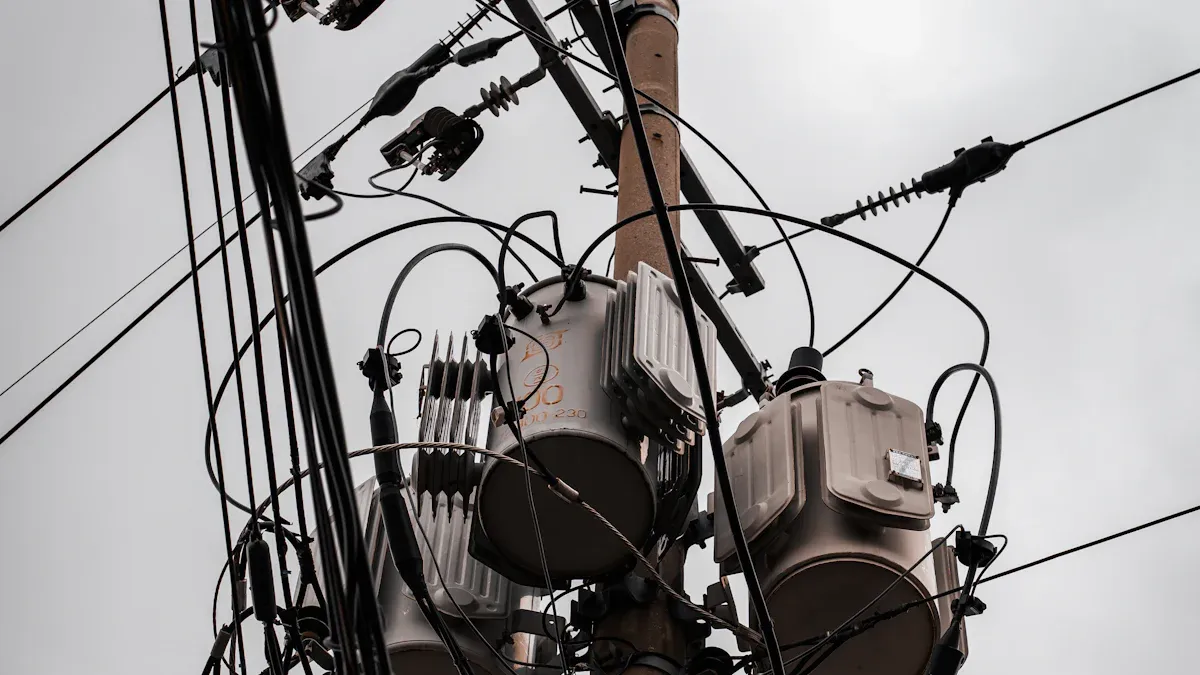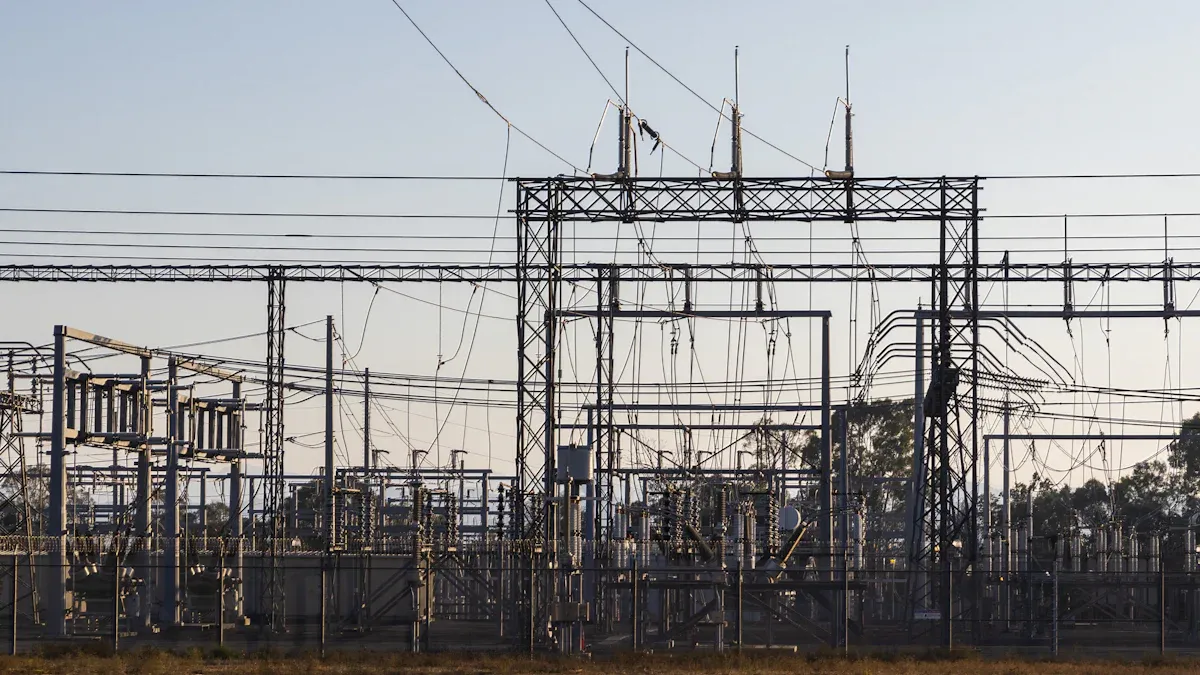Welcome:Pourleroi
| Performance Metric | Statistic |
| No-load loss reduction | Up to 70% |
| Thickness | 20–30 microns |
| Cooling rate (production) | Over 1,000,000°C/sec |

| Evidence Type | Description |
| Schematic Diagrams | Show no long-range order or repeating patterns in amorphous cores. |
| X-ray Diffraction (XRD) Profiles | Display broad, featureless patterns for amorphous materials, unlike sharp peaks in crystals. |
| Pair Correlation Functions | Confirm short-range order but random arrangement beyond nearest neighbors. |
| Coordination Number and Defects | Detect open spaces and defects unique to amorphous materials. |
| Computer Simulations & Voronoi Analysis | Reveal special local atomic patterns and defects that affect properties. |
| Element | Typical Atomic Percentage Range (at %) | Notes/Comments |
| Iron (Fe) | 60 - 75 | Main element in the alloy |
| Chromium (Cr) | 10 - 40 | Adds ductility and fracture resistance |
| Molybdenum (Mo) | 10 - 30 | Improves plasticity and reduces shear resistance |
| Carbon (C) | 2 - 10 | Helps with stability and corrosion resistance |
| Boron (B) | 0.5 - 10 | Makes it easier to form the glassy, amorphous state |
| Phosphorous (P) | <15 | Improves certain properties |
| Silicon (Si) | Small amounts | Used in some alloy types |
| Other elements | Varies, often <30 wt % total | Tailor properties for special uses |
| Oxygen (O) | Less than 0.2 | Must stay low to keep the amorphous structure stable |
| Parameter | Values / Description |
| Cooling rates | 1e12 to 1e15 K/s |
| Model dimensions | 17.1 nm × 25.6 nm × 4.3 nm |
| Temperature range | Heated from 300 K to 2000 K at 10 K/ps |
| PDF first peak position | Changes at high cooling rates, showing different atomic spacing |
| Atomic bonds affected | Proportions of different bonds change with cooling rate |
| Effect of cooling rate | Faster cooling leads to more efficient atomic packing and better properties |
| Mechanical property impact | More strong bonds mean higher strength and better performance |

| Core Material Type | Reduction in Core Loss Compared to Silicon Steel | Efficiency Improvement |
| Conventional Silicon Steel | Baseline (100%) | Baseline |
| Amorphous Alloys | Approximately 60–70% lower | About 1% to 2% increase |
| Nanocrystalline Material | Even lower core loss than amorphous alloys | Further efficiency gains |
| Parameter | Amorphous Core Transformer | CRGO Core Transformer | Reduction (%) |
| Transformer Core Loss Reduction | More than 60% less | Baseline | >60% reduction |
| Iron Losses | 30% of CRGO transformers | Baseline | 70% reduction |
| Stray Loss Reduction | 28.2% less (with UDEL wood) | Baseline | 28.2% reduction |
| Total Loss Reduction | 4.5% less (with UDEL wood) | Baseline | 4.5% reduction |
| Performance Metric | Amorphous Core Value | Description/Context |
| Saturation Flux Density (Bsat) | 1.56 Tesla | Handles strong magnetic fields before saturation. |
| Permeability | 3,000 | Supports magnetic flux; moderate compared to some advanced materials. |
| Power Loss | 35 W/Kg | Much lower than iron powder or silicon steel at 20 kHz. |
| Temperature Stability | High | Works well from -40°C to 150°C. |
| Frequency Range | 8 to 100 kHz+ | Suitable for high-frequency uses. |
| Physical Size and Heat Dissipation | Smaller size, better heat dissipation | Enables compact, efficient designs. |
| Production Limitation | Quantitative Detail / Impact |
| Production Yield | Below 65% for these cores vs. 85% for conventional steel |
| Number of Large-Scale Factories | Only 12 globally |
| Capacity Reduction (2022 Europe) | Operation at 60% capacity for 6 months |
| Supply Shortage Impact | 9% global supply shortage |
| Energy Cost Contribution | Annealing is 38% of total production costs |
| Energy Price Spike Impact | 300% power cost increase led to shutdowns |
| Skilled Workforce Shortage | 34% shortage of engineers, longer lead times |
| Technician Training Time | 18 months on average |
| Maintenance Cycle Extension | 22% longer than conventional production |
| Supply Chain Cost Increase | Adds 28-35% to final product costs |
| Lead Time Extension | From 14 weeks to 22 weeks |
| Vertical Integration Adoption | Only 8% of companies have full supply chain control |
By continuing to use the site you agree to our privacy policy Terms and Conditions.